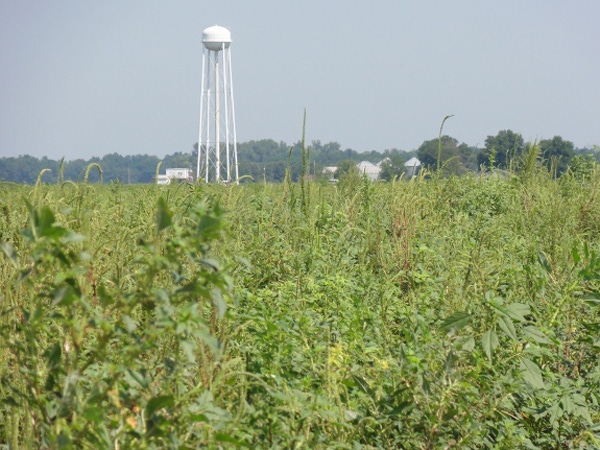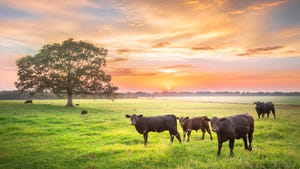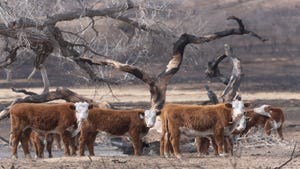
The area of U.S. cropland infested with glyphosate-resistant weeds has expanded to 61.2 million acres in 2012, according to a survey conducted by Stratus Agri-Marketing. Nearly half of all U.S. farmers interviewed reported that glyphosate-resistant weeds were present on their farm in 2012, up from 34% of farmers in 2011. The survey also indicates that the rate at which glyphosate-resistant weeds are spreading is gaining momentum; increasing 25% in 2011 and 51% in 2012.
January 29, 2013

The area of U.S. cropland infested with glyphosate-resistant weeds has expanded to 61.2 million acres in 2012, according to a survey conducted by Stratus Agri-Marketing.
Nearly half (49%) of all U.S. farmers interviewed reported that glyphosate-resistant weeds were present on their farm in 2012, up from 34% of farmers in 2011. The survey also indicates that the rate at which glyphosate-resistant weeds are spreading is gaining momentum, increasing 25% in 2011 and 51% in 2012.
The Stratus Glyphosate Resistance Tracking study is conducted annually. It’s now in its third year. In 2012, Stratus completed interviews with nearly 3,000 farmers during the summer and fall.
“We asked farmers to share their experiences with glyphosate resistance on their farms and we’re clearly seeing the problem intensify,” explains Stratus Agri-Marketing vice president Kent Fraser. Increases were reported in most states but especially in the Midwest.
Not only are glyphosate-resistant weeds spreading geographically, the problem is also intensifying with multiple species now resistant on an increasing number of farms.
“There is a very high rate of resistance in the southern states like Georgia where 92% of growers reported having glyphosate-resistant weeds,” reports Fraser. “And we’re also seeing the problem intensify in the midwest. In Illinois, 43% of farmers reported having glyphosate-resistant weeds in 2012.”
Marestail (horseweed) was the weed species most commonly reported as resistant to glyphosate herbicides, followed by Palmer amaranth (pigweed). Other glyphosate-resistant weed species were also tracked in the study.
In 2012, 27% of U.S. farmers reported multiple glyphosate-resistant weeds on their farm, up from 15% in 2011 and 12% in 2010.
For more insights from the Stratus Glyphosate Resistance Tracking study visit http://www.stratusresearch.com/blog07.htm.
You May Also Like



